The DermaClip® device is a needle-free alternative to sutures, staples and glues that is composed of two pieces of adhesive joined by a polypropylene bridge. Available in 2 sizes, Regular and Large, the device is quite simple in design but quite advanced as a wound closure device.
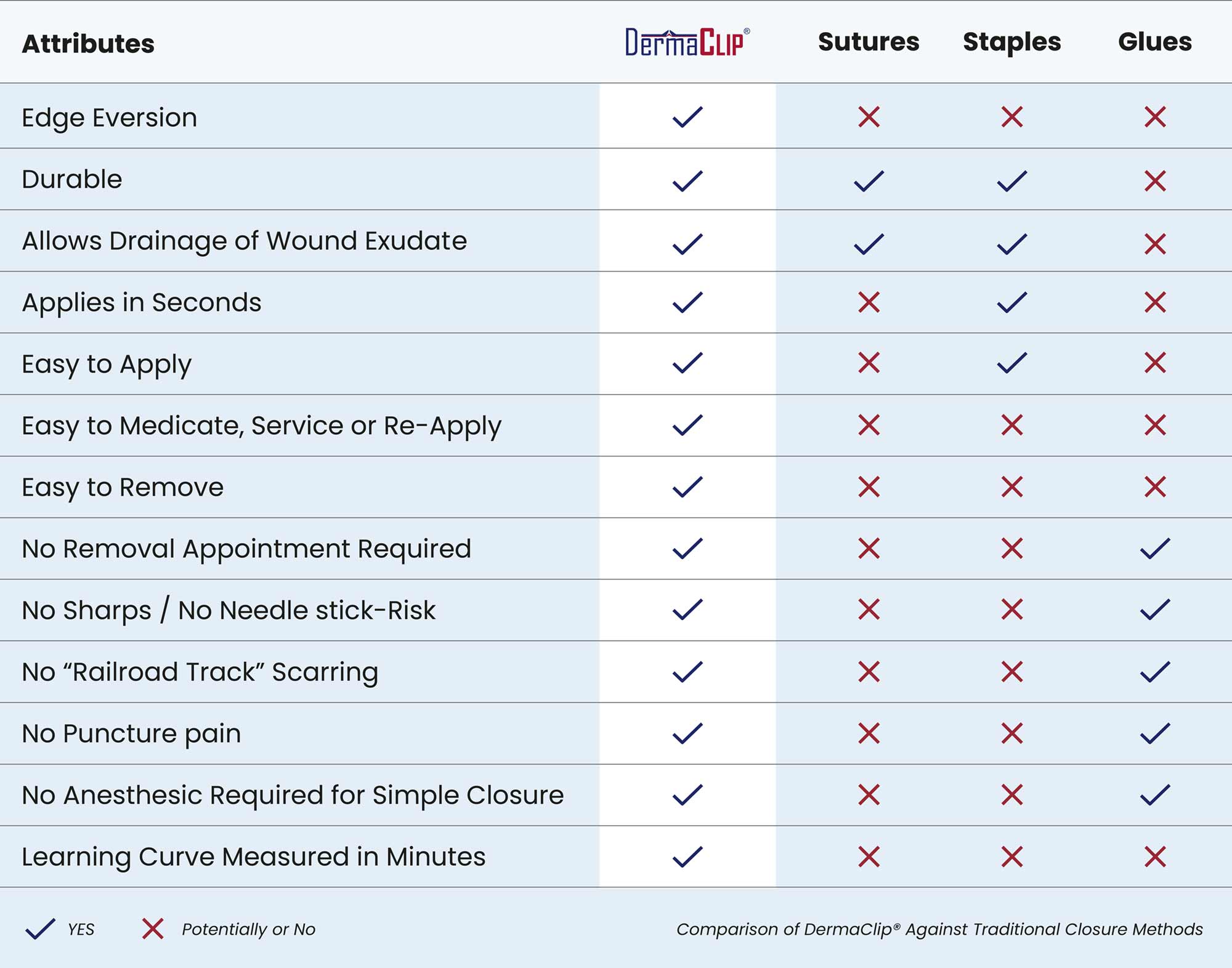
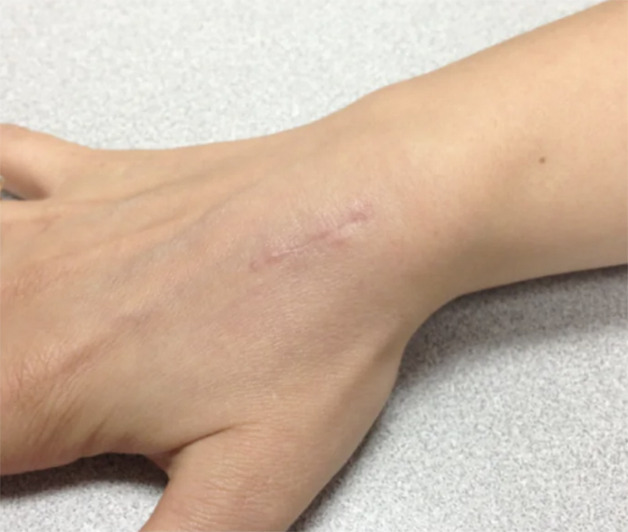
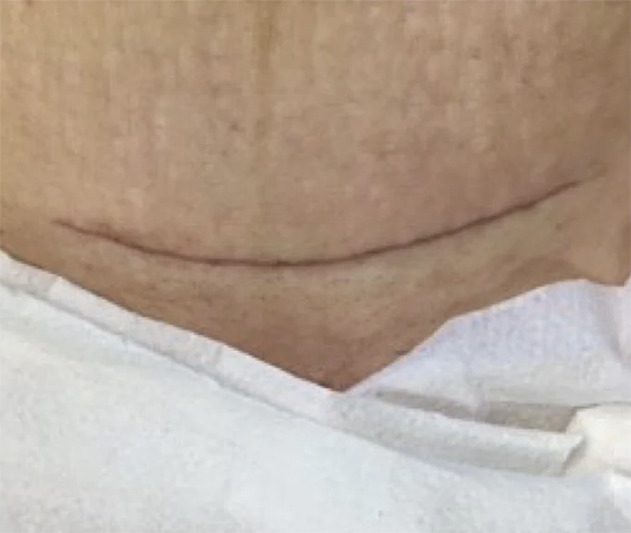
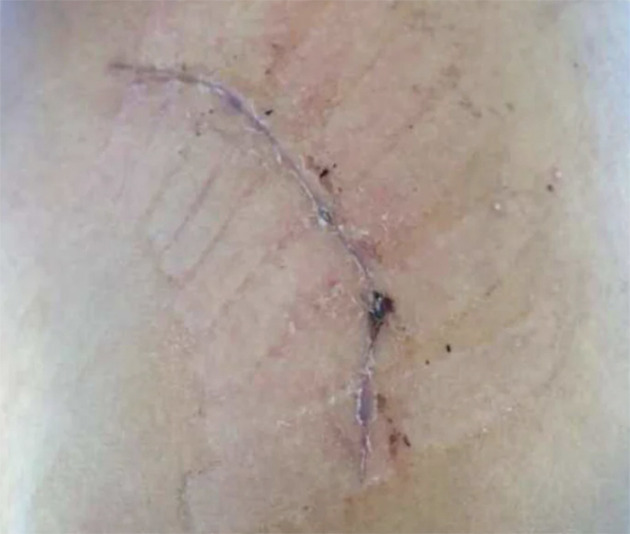
DermaClip® is currently offered in two sizes, Regular & Large, and two target closure lengths, 1 inch and 3 inches. Having two distinct sizes allows medical professionals to select the properly sized device for the particular requirements of each skin closure, gaining the benefits of the DermaClip® device without regard to the size of the clip used.
With two target lengths, stack together any combination of packages to get to the right closure length, while avoiding excess cost or waste.
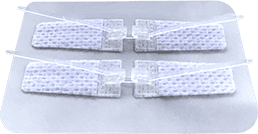
2 CLIPS

1 CLIPS

5 CLIPS

3 CLIPS
2 CLIPS
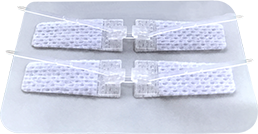
1 CLIPS

5 CLIPS

3 CLIPS

The Regular Clip provides the medical professional tremendous flexibility in closing the skin, whether the incision or wound is large or small. The Large Clip gives the doctor an additional option in closing larger wounds.
When a closure requires more than one clip, the spacing between the DermaClip® devices is recommended to be 1 to 4 mm, depending upon the medical professional’s determination. Therefore, clips can be used individually, interchangeably or together depending on the requirements of the wound and the device selection made by the medical professional applying the DermaClip®
APPLYING DERMACLIP® IS AS SIMPLE AS “PICK, PLACE & PULL”
Full instructions are set out in the Instructions for Use (IFU) that is available online and are included with every purchase of DermaClip®.
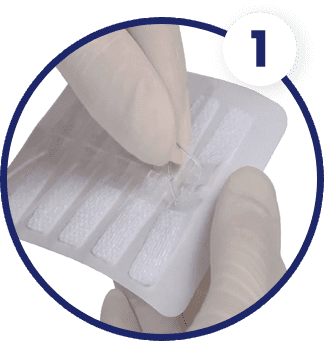
Select a DermaClip®, pinch the pull tabs towards the center, then lift it off of the backing paper.

Still holding by the clip by the pull tabs, center it across the wound, place it on the skin, and smooth the adhesive on either side. Repeat steps 1 & 2 placing clips 1 to 4mm apart until the wound is covered.

Update copy to: To close, pull the tabs OUT until a locking “click” is heard. For best results, pull the tabs DOWN towards the skin in an OUT-ward direction. Pulling UP pulls the device off the skin, diminishing the adhesive bond.*
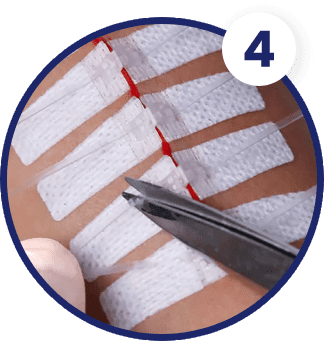
For convenience and comfort, remove the tabs with set of sterile scissors and cover the wound.
There is a first resistance as the device is initially pulled closed that then releases. THIS IS NOT THE LOCKING OF THE DEVICE! It is very important to the proper functioning of the device that the click occurs after the two edges of the device have made contact and then forced each other, and the attached skin, into an upward position. Only then will the device be closed and locked shut.
To provide a visual aid to support the warning on locking, the image shows the different positions as the device is closed:
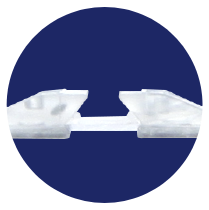
Tabs have not been
pulled closed
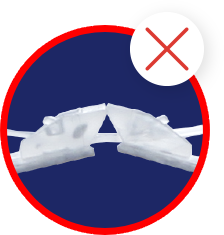
Gates have not snapped closed. Gap between faces, not in full contact
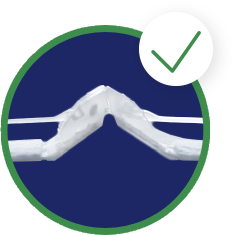
No gap, faces in full contact Full eversion has occured Gates have snapped closed
When locked properly, the angled faces of the DermaClip® device have made contact and then forced each other into an upward, everted position.